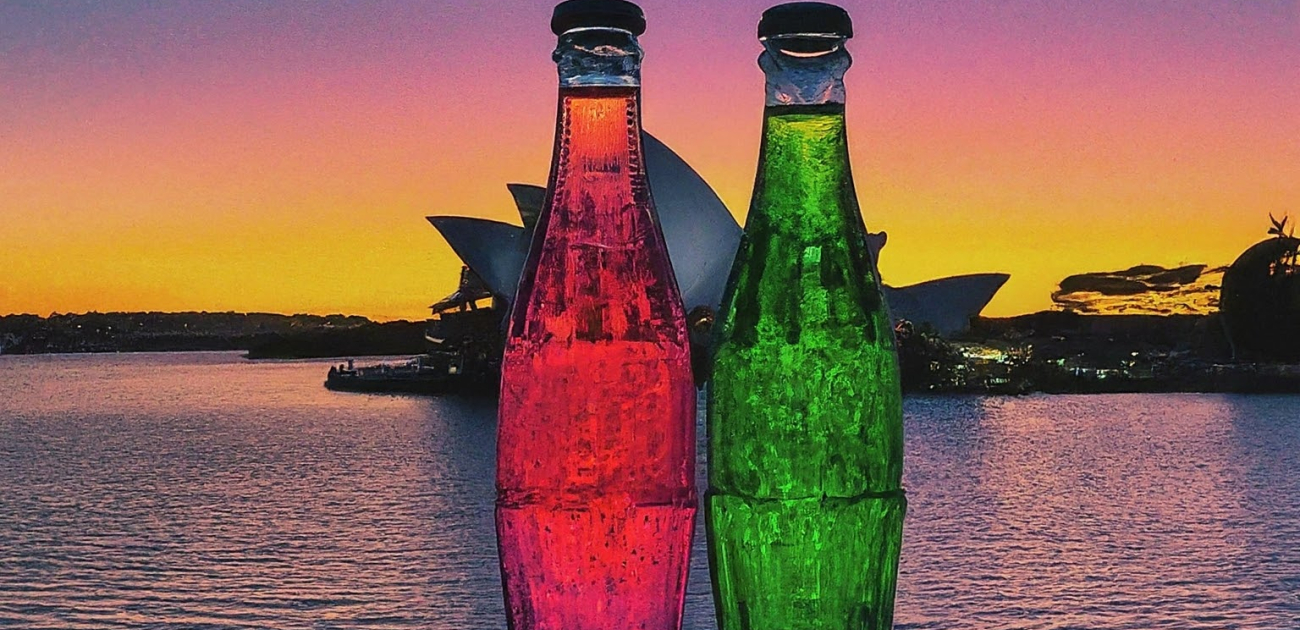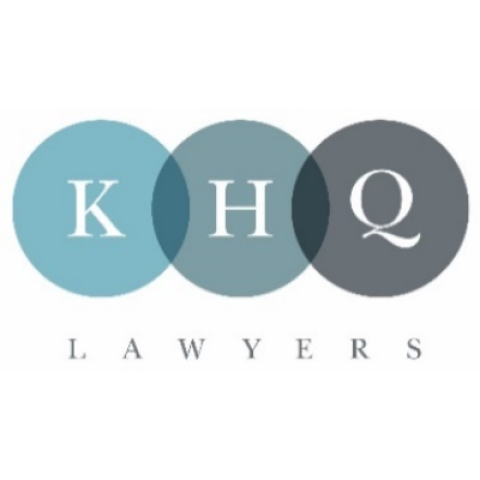When Can Non-Alcoholic Beverages Legally Claim To Be “Alcohol Free” Or “Zero Alcohol”?
The market for non-alcoholic or low alcohol alternative drinks has exploded in recent years. With consumers becoming more health conscious than ever, coupled with demographic shifts away from alcohol consumption, it is no surprise that people have been drawn to the possibility of avoiding a hangover without drawing too much attention to the decision to stay sober.
However, the question as to when products that contain small amounts of alcohol can legally claim to be “alcohol free” is frustratingly unclear.
This is particularly an issue for alcohol free versions of beer, wine or spirits that have had alcohol removed but may still have some level of residual alcohol, typically not exceeding 0.5% alcohol by volume (ABV). Such products want to claim to be “zero alcohol” or “alcohol free” so as to distinguish themselves from their alcoholic counterparts. This is of course much less of an issue for other beverage products that do not traditionally contain large amounts of alcohol. For example, beverage products like brewed apple juice, ginger beer or kombucha may in fact naturally contain more than 0.5% alcohol, but feel under no obligation to tell consumers that they are “alcohol free”.
HOW DOES THE FOOD STANDARDS CODE REGULATE PRODUCTS CONTAINING ALCOHOL?
This legal conundrum stems from how the labelling of products containing alcohol are regulated under the Australia New Zealand Food Standards Code (the Food Standards Code). In particular, Section 2.7.1-1 prohibits a product containing any level of alcohol whatsoever from being represented as “non-alcoholic”, even by implication.
In addition, beverages with more than:
- 0.5% ABV cannot claim to be “non-intoxicating” and must state the number of standard drinks on the label;[1]
- 1.15% ABV cannot be represented as “low alcohol” and must include the alcohol strength (in ABV or amount per 100 mL) and pregnancy warning statement on the label.[2]
A simple solution to this legal issue would be to define foods containing alcohol as being products with more than 0.5% ABV, ie exempting products with less than 0.5% ABV from this prohibition against being represented as “non-alcoholic”.
THE POSITION TAKEN BY THE ACCC
Separate to the Food Standards Code, claims made in relation to a food or beverage product are also subject to the Australian Consumer Law, including the prohibition against misleading and deceptive conduct. This is enforced by Australia’s consumer protection regulator, the Australian Competition and Consumer Commission (ACCC). In terms of when a product can claim to be “free” of something without misleading consumers, the ACCC has issued the following warning:
The word ‘free’ is powerful and absolute. If the product does in fact contain the thing that it claims to be ‘free from’, the seller should consider a different claim that accurately describes the product. Food labelled as ‘lactose free’ should be 100% free of lactose.[3]
The food industry has interpreted this to mean that a product can only claim to be “free” of an ingredient if it is 100% absolutely free of all traces of that ingredient, including any residual amounts that could be present as a result of the manufacturing process.
While this incredibly strict threshold might be understandable in the case of allergens when there are actual public health and safety concerns over residual presence, these strict thresholds arguably still apply to anything that a product claims to be “free” of. As a result, it may be possible for a product to claim to be “alcohol free” but be misleading by a residual presence of less than 0.5% ABV.
One obvious way to reduce the risk of misleading consumers is to clearly communicate what constitutes “alcohol free”. Many products are claiming to be “alcohol free” but also mention on front of pack that they contain less than 0.5% ABV. However, while this may reduce the risk of breaching the Australian Consumer Law, it only highlights the potential breach of the Food Standards Code.
THE IMPLICATIONS FOR INDUSTRY
The strict approach taken by the Food Standards Code and ACCC means that most non-alcoholic beer, wine and spirits – which cannot be manufactured without the risk of containing some residual alcohol – cannot technically be described as “alcohol free” or represented as being non-alcoholic. A conservative approach would be to claim to be “ultra low alcohol”, but that does not appear to have the same marketing effect as a big prominent “ZERO”.
As the surge in demand for low and non-alcoholic alternatives increases, regulators are likely to have a strong case for reconsidering whether the current regulatory framework remains fit for purpose. Unlike its more alcoholic counterparts, a non-alcoholic alternative product is unlikely to cause intoxication or carry any significant risks to public health and safety. In fact, these products are specifically designed to attract people to a safer and healthier alternative to full-strength alcohol. A study conducted by the New South Wales Government in 2022 found “little evidence” to support fears that non-alcoholic liquor products could become a gateway to alcohol consumption, instead finding that the availability of non-alcoholic liquor products was likely to result in a decrease in consumption of full strength liquor products.
Confirming this view, when we approached one State Health Department on behalf of supplier who wanted regulatory certainty, that Health Department stated they wanted to encourage development of these products… but refused to provide a written opinion as to whether they would enforce the Food Standards Code strictly or not.
Despite this regulatory uncertainty, the low and non-alcoholic drinks industry shows no signs of slowing down. As the industry becomes increasingly competitive, manufacturers are faced with the challenge of figuring out how to promote the low or non-alcoholic nature of their products while navigating all of these regulatory obstacles, which is likely to warrant a nuanced case-by-case risk assessment.
HOW WE CAN HELP
If you make low or non-alcoholic products or are looking to expand into this space, get in touch with our specialist Food & Beverage team at food@khq.com.au. Our team can provide expert and commercially astute advice on how to mitigate compliance risks while retaining the flexibility needed to take full advantage of this exciting growth market.
[1] Australia New Zealand Food Standards Code, Sections 2.7.1—4 and 6.
[2] Australia New Zealand Food Standards Code, Sections 2.7.1—3, 5 and 8.
[3] Australian Competition and Consumer Commission, Advertising and selling guide (5 July 2021) page 17.
Do you want more information?
 Charles Fisher
Charles FisherSince completing his Bachelor of Laws and Legal Practice and Bachelor of Arts in 2006, Charles has spent the entirety of his legal career staring at the Food Standards Code (among many other pieces of food-specific regulation). This has led to Charles being one of the leading consultants and trainers on food marketing, compliance, labelling, classification, licensing, safety and food crisis management.

